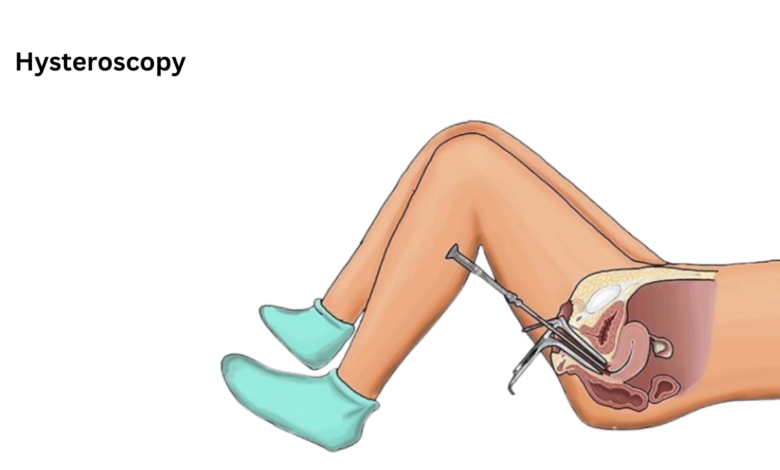Hysteroscopy: A procedure to examine the inside of the uterus.
A Guide to Hysteroscopy: Diagnosing and Treating Uterine Issues

What is Hysteroscopy?
Hysteroscopy is a minimally invasive procedure that allows a doctor to examine the inside of the uterus using a thin, lighted tube with a camera (hysteroscope). It is commonly used to diagnose and treat various conditions affecting the uterus, cervix, and fallopian tubes.
Why is Hysteroscopy Required?
Hysteroscopy is often recommended for:
- Diagnosis: To investigate abnormal bleeding, pelvic pain, infertility, or suspected uterine abnormalities.
- Treatment: To remove uterine polyps, fibroids, or adhesions; to treat endometriosis; or to perform endometrial ablation.
Which are the method of Hysteroscopy ?
Methods of Hysteroscopy
- Office hysteroscopy: Performed in a doctor’s office under local anesthesia.
- Hospital hysteroscopy: Performed in a hospital under general anesthesia, allowing for more complex procedures.
Why should go for Hysteroscopy ?
Women with symptoms such as:
- Abnormal bleeding
- Pelvic pain
- Infertility
- Suspected uterine abnormalities
What are the result of the Hysteroscopy?
Hysteroscopy can provide valuable information about the condition of the uterus, cervix, and fallopian tubes. It can help diagnose conditions such as:
- Endometriosis
- Uterine polyps
- Uterine fibroids
- Adhesions
- Cervical abnormalities
What are the component of the Hysteroscopy ?
Components of Hysteroscopy
- Hysteroscope: A thin, lighted tube with a camera.
- Speculum: A medical instrument used to open the vagina.
- Fluid: Saline or carbon dioxide is often used to inflate the uterus and improve visibility.
- Surgical instruments: Small surgical instruments may be used to perform procedures, such as removing polyps or adhesions.





